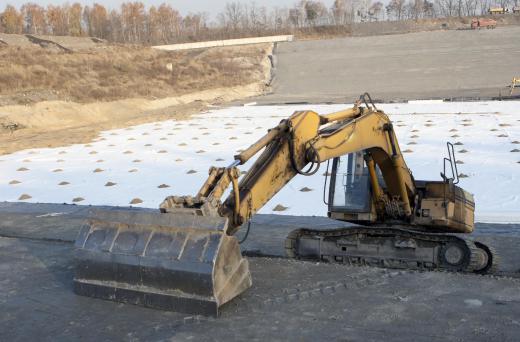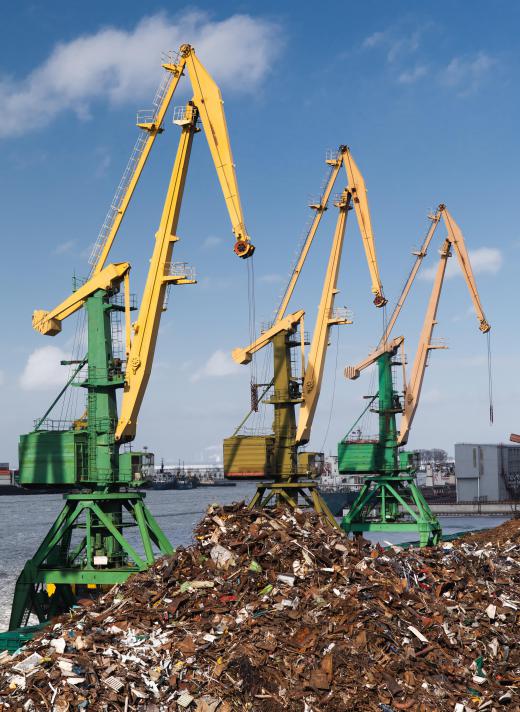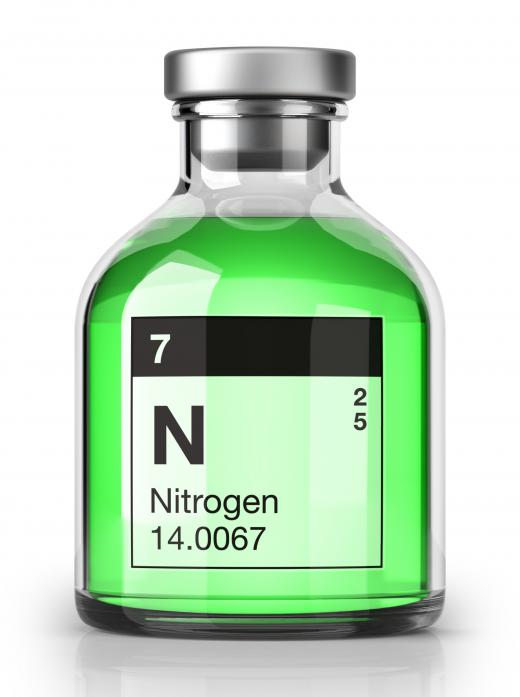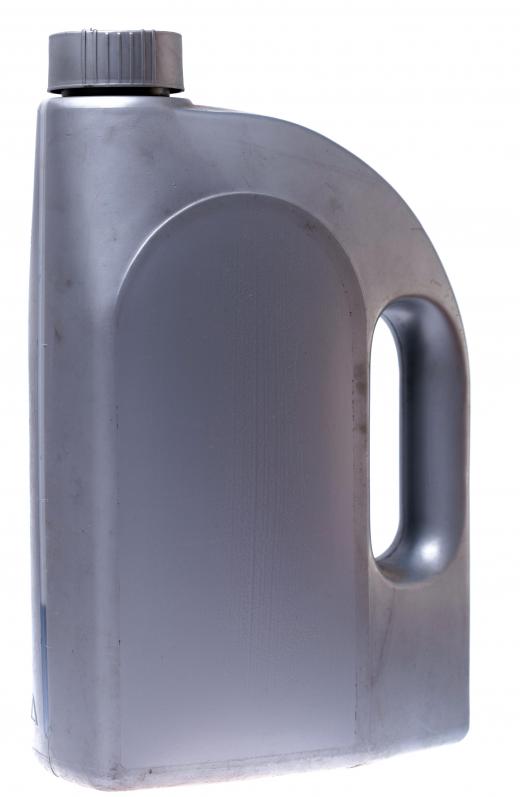What is Landfill Leachate?
Landfill leachate is liquid that moves through or drains from a dump or organized trash collection site. Some leachate exists on its own, usually as a result of natural decomposition. liquids and chemicals that have been discarded also contribute. The biggest source of leachate in most places is rainwater, though. When rain hits collected trash, it tends to pool up. If this runoff is not properly managed it is at risk for mixing with the groundwater near the site. This can have dire consequences for local communities, particularly in cases where the landfill leachate is toxic or contains harmful chemicals, and can potentially also impact the ecosystems of rivers, streams, and oceans.
How it Forms

The most common source of leachate is rainwater filtering down through the landfill and aiding bacteria in the process of decomposition. When organic matter breaks down or decomposes, it needs oxygen; when water hits it, things tend to go a lot faster. Unless a dump is covered, rainfall is all but inevitable.
It’s usually true that some liquid exists already, or will over time. Some garbage, particularly food products, will lose moisture as it breaks down. Chemical waste is also fairly common, be it from discarded batteries, electronics, or household cleaners. As the trash is allowed to sit and pile up, liquids tend to drain off and get mixed up with each other.

The leachate may be virtually harmless or dangerously toxic depending upon what is in the landfill, but it either case it typically has high concentrations of nitrogen, iron, organic carbon, manganese, chloride and phenols. Other chemicals, including pesticides, solvents and heavy metals, may also be present. Leachate is often black or yellow when it first leaves the site, and usually has a strong acidic smell.
Where it Goes

Whether landfill leachate is a problem largely depends on what happens to it once it forms. Many modern landfills are designed with special filters and drains so that the runoff can be contained, sanitized, and processed but this is not always the case. If managers don’t do anything, the leachate will usually escape into the soil beneath or surrounding the dump site.
Environmental Concerns

Chemicals that soak into the earth can pose serious risks to the environment both in terms of soil contamination and water safety. Plants will not thrive and are more prone to disease and weakness when the dirt around them is imbalanced. Much of the world’s water sources come from the ground, too, and chemical penetration into underground aquifers can cause sickness and, in some cases, even death.
Leachate that has had a lot of time to soak into the ground may also reach rivers or streams, which can poison fish and cause genetic mutations in sea life. If harmful chemicals eventually make it to the open ocean the effects can be even more devastating, damaging delicate ecosystems and causing potentially irreversible harm.
Prevention and Treatment
The governments of most countries and localities require that landfill sites be equipped to collect, store, and treat leachate. In most cases this means that dumps have impermeable layers on the sides and at the bottom made of hard plastic or other non-corrosive material. Drainpipes and runoff filtration systems are also common, though these are often expensive and require regular monitoring in order to be effective.
In most places, the liquid that collects must be monitored and treated if required. Regulations typically require site managers to isolate chemicals and volatile organic compounds, then filter and sterilize the liquid to neutralize any harmful compounds. Past this point, it can be treated in a manner similar to sewage and then safely released into the environment as wastewater.
Older landfill sites must be dug up and either a new impermeable bottom must be installed or the material relocated to another site. It is often the case that the cost to dig up these old sites is too high for a municipality to cover, with the result that nothing may in fact happen, at least not for some time. This is of particular concern in the developing world where resources are scarce and land is not always readily developed. Even when problem sites are dug up and relocated or properly prepared, the damage may have already been done and it may take years before the area can fully recover.
AS FEATURED ON:
AS FEATURED ON:














Discussion Comments
If buying an old landfill site with some leachate problems, what are the legal rights if there is a problem later on? Is it the new land owner or the original person who owned and operated the tip?
Leachate is diluted primarily. Constituents persist in diluted form unless acted upon by biological or chemical elements in the water. In water treatment, the active chlorine will change these leachate compounds. Some VOC's (volatile organic compounds) will evaporate.
Basically, the leachate escapes into the environment in one form or another. The dilution factor is the primary safety of this model. Most rivers hosting WWTP's are large enough to dilute to a somewhat safe ratio. Some are not capable of handling the load.
@dumpdoctor: See Welander and Henderson, "Degradation of organic compounds in municipal landfill leachate treated in a suspended-carrier biofilm process," Water Environment Federation, 1998.
@anon10168: See "Occurrence and distribution of organic chemicals in two landfill leachate plumes," Martin. Reinhard, James F. Barker, Naomi L. Goodman
Environ. Sci. Technol., 1984, 18 (12), pp 953–961
We (HRA) refer to the Grathwohl test of VOC's. Our officer, Grathwohl, walked beside the stream below the Alamance landfill in summer 1986, noting the oil sheen on top of the water. He flicked a lit cigarette into the stream, turned his back, and heard a loud "Wooomph." The stream caught fire. The Grathwohl test is an HRA standard now.
Many of the VOC's in our HRDWS, 1985 GC/MS tests had molecular weights which were unidentifiable or unqualified.
Post 5: Acidity increases; "strength" becomes stronger - complexity of organics increases; number of organics increases; many are unidentified.
Post 1: Leachate, treated or untreated, introduced to streams/rivers are diluted but maintain their identity until treated in a chlorine based water treatment plant. At that time, the organics transform into other organics.
See "Haw River Drinking Water Survey" Glendinning, et al,Haw River Assembly, Pittsboro, NC, 1985.
GC/MS tests pretreatment yielded 12 OC's, post treatment yielded 13 OC's, most were different post treatment.
I'm looking to quantify the impacts of decomposing organics on the acidity and strength of landfill leachate. Does anyone know of any research done on this subject?
Landfill leachate is the liquid that migrates through, or out of, the waste within a landfill. Modern landfills contain this liquid and treat it according to law.
What happens when landfill leachate spills directly into a creek or stream without being treated first?
Post your comments